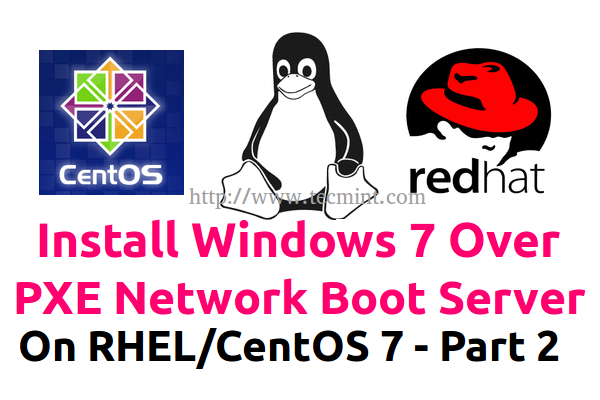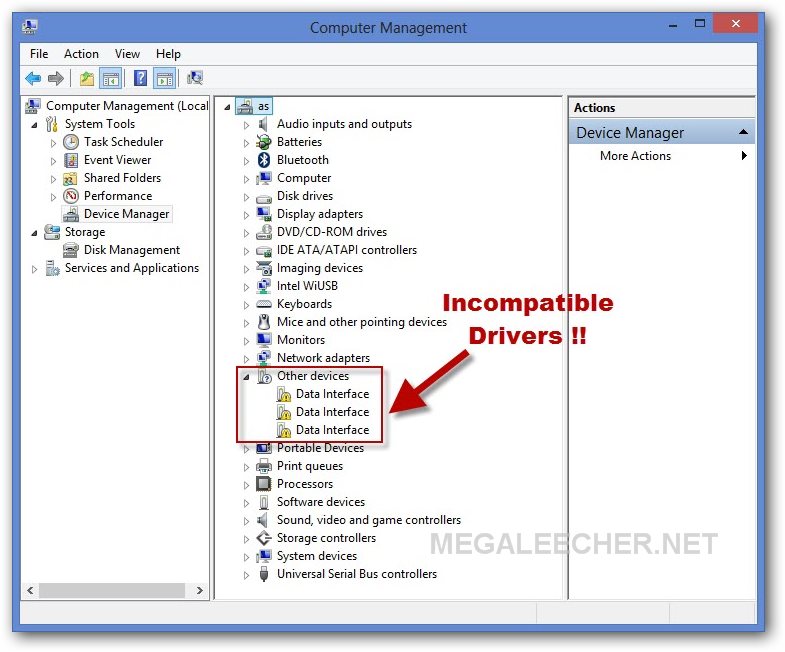Install Windows Xp Pxe Boot
CCBoot is a PXE boot Windows software which makes it possible for network and computer administrators to implement PXE boot Windows solution for Windows XP, Windows. Page 1 of 2 - Ways to Install Windows XP through network - posted in Tftpd32: Hi all. The server should PXE boot and deliver the install files via tftp.
. PXE Boot Windows Technology Background PXE boot Windows can help a network administrator reducing the daily workload. As an administrator responsible for a network of dozens of computers or more, it may take you much time to for troubleshoot and even sometimes you need to do a clean install of the operating system. That's a lot of work, especially if you have to do it several times a week. Fortunately, PXE boot Windows solution can help you out of such annoyance. CCBoot supports install windows 7 via pxe boot. And pxe boot windows xp?
PXE is short for Preboot eXecution Environment or Pre-Execution Environment. It allows computers to boot over network even without harddisk. You can create a Windows operating system image in order for PXE boot Windows XP, 2003, Vista, indows 7 and 2008.
All computers in the network can boot up from only one image so that it's much more easily and efficiently for the daily maintaining. Just need to operate the image one time while all computers using this image will get changed. Nutshell, the PXE boot server is a DHCP and TFTP server. After you have set the client firstly boot from network in BIOS, it will get an IP address from the PXE DHCP. Then the PXE server will push NBP (Network Bootstrap Program) and operating system image stored in the server to client by TFTP so that client can boot up even diskless. When using PXE boot Windows solution, the boot process will be changed from the normal order to:Power on - BIOS - PXE stack built-in the NIC (Network Information Center)- NBP (Network Boot Program) downloading from server to client's RAM by TFTP- NBP's responsibility to perform the next step (a.k.a. 2nd stage boot).
Advantages of PXE Boot Windows. 1, Significantly reduce initial capital and implementation costs. 2, Reduce power and cooling requirements. 3, Accelerate deployments, upgrades, and server repurposing.
4, Reduce complexity and risk. 5, Improve critical system availability. 6, Implement enhanced Disaster Recovery solutions.
Using CCBoot to Build a PXE Boot Windows Case. Install PXE Boot Server for Windows with CCBoot - An all-in-one PXE Boot Windows Software Download PXE boot Windows software - CCBoot server installation package from -. Launch ccbootsetup.exe on the CCBoot server and keep press the next button to the end.
Figure 1 CCBoot will use the following ports - 67 (DHCP), 69 (TFTP), 3260 (iSCSI), 1000 (Image Upload), 8001 (Service Control). You need to open these ports in the firewall of the PXE boot Windows server. Since CCBoot v2.1, you also need to open port 66.
V2.1 uses port 66 as DHCP backup. Note: Please shut down the other DHCP services on the LAN especially the DHCP service in the router. Launch CCBoot and you will get the main interface as bellow: Figure 2.
Initialize the PXE Boot Server for Windows Demo Environment Server IP: 192.168.1.10 Gateway: 192.168.1.1 DNS Address: 192.168.1.1 IP Mask: 255.255.255.0 DHCP Range: 192.168.1.101-192.168.1.254 Launch the PXE boot Windows software - CCBoot, menu 'Options' - 'Options Wizard' and configure step by step as bellow: Figure 3 You need to select the correct local IP address as 'DHCP Server IP'. Press 'Scan DHCP' to check if there are other DHCP services on the LAN. You need to stop other DHCP services on the LAN. Figure 4 Set 'Server IP Address'. Normally, it’s the same as 'DHCP Server IP'. Set 'Write-back File Path' and 'Image Save Path' as you want.
'Write-back File Path' is used to store the clients' write-back data. You'd better use a big volume hard disk as 'Write-back File Path'. This disk should be formatted as NTFS and 64K bytes per cluster. 'Image Save Path' is used to store the boot images.
This disk should be also formatted as NTFS and 64K bytes per cluster. You’d better use a fast speed hard disk as 'Image Save Path'. For example, use an SAS hard disk. Figure 5 Keep default values in 'Server Cache Settings'. Figure 6 Keep default values in 'Other Settings'.
How To Install Windows Xp
Press the 'Finish' button and confirm the popup dialog box. Create Image to PXE Boot Windows XP To diskless boot Windows XP from the PXE boot server built by CBoot, we first of all need to create a system image and here're the steps -. Choose one client PC as master PC used to create PXE boot Windows image.
Attach a hard disk on the PC. Delete all partitions first. Allocate a small MBR partition about 40G size and leave the rest unallocated.
Format the 40G partition with NTFS. Install Windows XP and the latest SP into this partition. After complete Windows installation, open the local area connection network properties and configure as bellow: Figure 7 Click 'Properties'. Figure 8 Select 'Internet Protocol (TCP/IP)' and click 'Properties'. Figure 9 Select 'Obtain an IP address automatically' and 'Obtain DNS server address automatically', then click 'OK' to save. On the CCBoot server you will find a client in the client list (Figure 10) that was added by CCBoot automatically when the client PC got IP address from the CCBoot DHCP service.
Figure 10. Double click the client to edit and check both 'Enable Upload Image' and 'Keep Write-back File' (Figure 11), when press 'save' button it will ask you 'Are you sure to delete write-back file?' Just press 'No'.
Figure 11. Download CCBoot client installation package from:. ( download pxeboot.com) Launch ccbootsetupclient.exe and keep press the next button to the end.
Then launch CCBoot client and you will see the main interface as bellow (Figure 12). Figure 12.
Press the 'Install CCBoot Client' button. After finished, it will require reboot system. Reboot the client PC. After reboot, launch CCBootClient again, input the correct 'Server IP address', it should be the IP address of the PC on which CCBoot server has been located.

Input the image file name as you want in the 'Image File Name'. Press the 'Upload Image' button to upload the image to the CCBoot server. Then CCBoot will create an image in the server 'Image Save Path'.
Note: CCBoot supports two types image file format. It supports VMDK if you are using Windows 2003 as CCBoot server system.
It will support both VMDK and VHD if you are using Windows 7 or Windows 2008. As you can see in Figure 12, the file format depends on what you have set for 'Image File Name'. For example, 'XP01.vmdk' and 'XP01.vhd'. PXE Boot Windows XP on LAN.
On CCBoot server, double click PC101 (Figure 10) to open the master PC’s properties dialog box, uncheck 'Enable Upload Image' and 'Keep Write-back File'. Remove the HDD from the master PC, set it firstly boot from LAN (or network, PXE rom, or some similar settings) in BIOS settings so that it will start network boot to PXE boot Windows XP.(Figure 13). Figure 13. The first time PXE booting Windows XP on the master PC, you can modify its computer name (Figure 14). Figure 14 Set the computer name as you wish then press enter key to boot it (Figure 15). Figure 15. On CCBoot server, 'Options' - 'Settings' - 'Default Client Settings' - 'Disk Group' - press the ' button, select 'XP01.vmdk' as the default boot image in 'System Image Selection' section.
Do the same as Step 2 and Step 3 for other client PCs with the same specifications as the master PC to PXE boot Windows XP for them. (More information: diskless software windows xp). PXE Boot Windows 7 and Vista. More information:.
